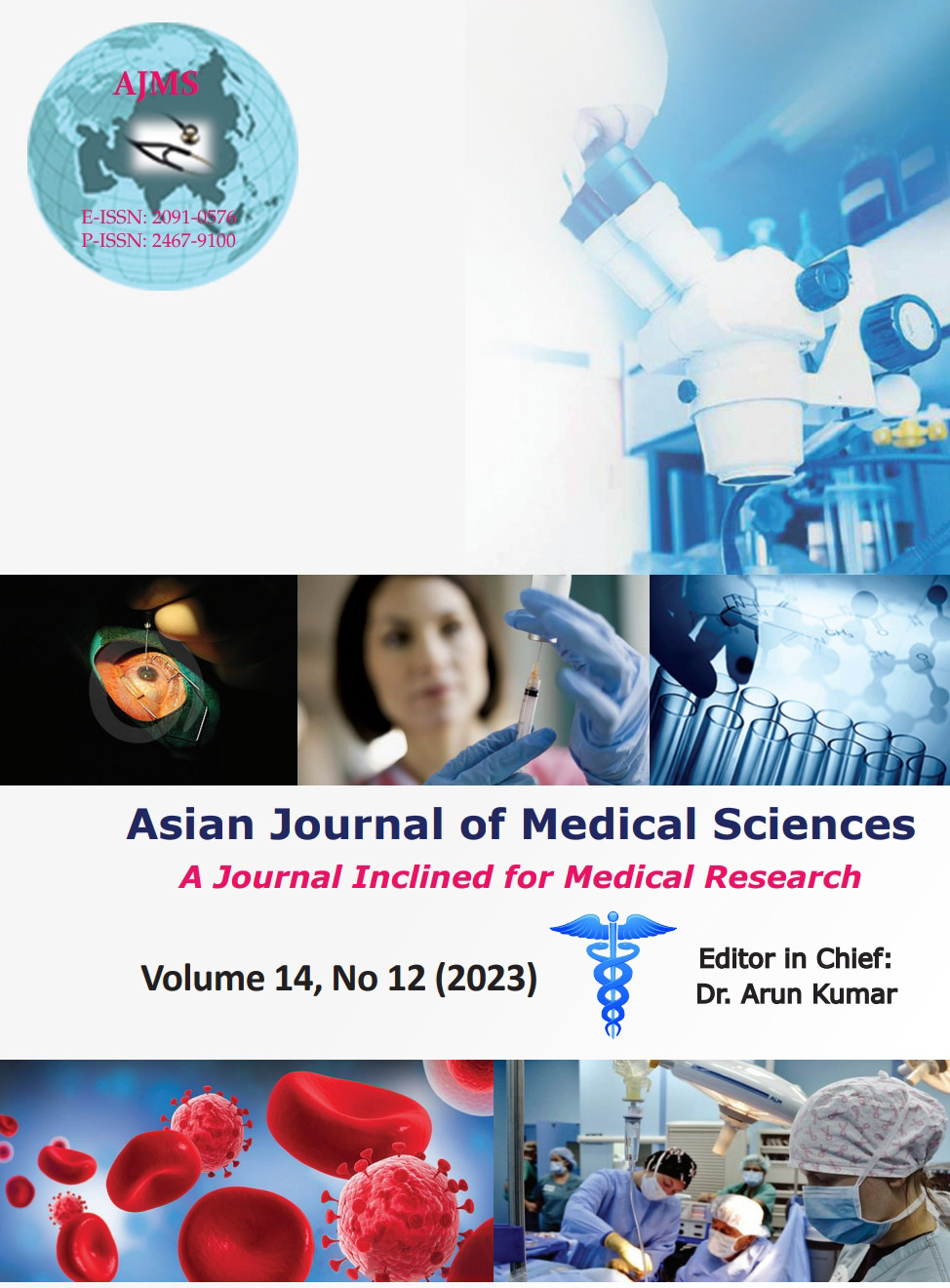Transthoracic ultrasonography in the assessment of interstitial lung disease in patients with systemic sclerosis
Keywords:
Lung ultrasonography; Interstitial lung disease; Systemic sclerosis; B-lines; Ultrasound lung comets; Warrick’s scoreAbstract
Background: Transthoracic ultrasonography was considered, sometimes in the past as unsuitable for the assessment of lung but it eventually emerged as an important tool in the diagnosis and in guiding treatment of various lung and pleural diseases. Several studies in the past proved it to be a useful complementary tool in the detection of interstitial pulmonary fibrosis.
Aims and Objectives: This study aims to assess the utility of transthoracic uultrasonography (TUS) in comparison to high-resolution computed tomography (HRCT) thorax in the detection of interstitial lung disease (ILD) in systemic sclerosis (SSc) patients.
Materials and Methods: SSc patients with HRCT proven ILD were identified and classified according to Warrick’s score. Sonographic evidence of ILD in these patients were judged by the presence of B-lines or ultrasonic lung comets (ULCs). Each procedure was studied and interpreted by two independent examiners blinded about the patient’s clinical and radiological features. Standard spirometric measurements were performed in all patients.
Results: A highly significant positive linear correlation between ULCs and Warrick’s score was found in this study (r=0.83, P≤0.001). ULC score had moderate negative correlation with forced expiratory volume in 1 s (FEV1) % p (r=−0.60, P=0.001) and weak negative correlation with forced vital capacity (FVC) % p (r=−0.45, P=0.01) and FEV1/FVC % (r=−0.42, P=0.02).
Conclusion: USG lung can be suggested as a useful non-invasive tool in the detection of ILDs in scleroderma patients.
Downloads
Downloads
Published
How to Cite
Issue
Section
License
Copyright (c) 2023 Asian Journal of Medical Sciences

This work is licensed under a Creative Commons Attribution-NonCommercial 4.0 International License.
Authors who publish with this journal agree to the following terms:
- The journal holds copyright and publishes the work under a Creative Commons CC-BY-NC license that permits use, distribution and reprduction in any medium, provided the original work is properly cited and is not used for commercial purposes. The journal should be recognised as the original publisher of this work.
- Authors are able to enter into separate, additional contractual arrangements for the non-exclusive distribution of the journal's published version of the work (e.g., post it to an institutional repository or publish it in a book), with an acknowledgement of its initial publication in this journal.
- Authors are permitted and encouraged to post their work online (e.g., in institutional repositories or on their website) prior to and during the submission process, as it can lead to productive exchanges, as well as earlier and greater citation of published work (See The Effect of Open Access).




